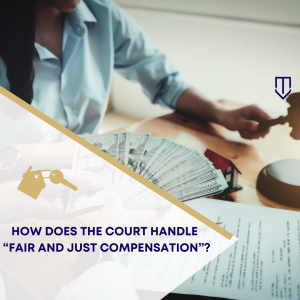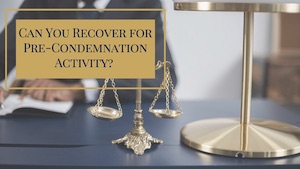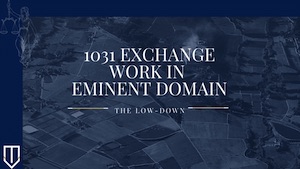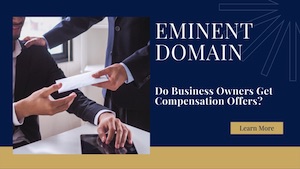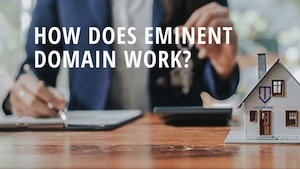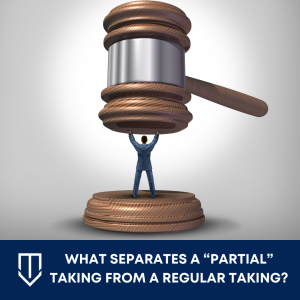 Not all eminent domain proceedings involve the government taking an entire piece of property. If the property is large enough and the government’s project is limited in scope (expanding a road, for instance), then the government can instead opt for a “partial” taking of the property.
Not all eminent domain proceedings involve the government taking an entire piece of property. If the property is large enough and the government’s project is limited in scope (expanding a road, for instance), then the government can instead opt for a “partial” taking of the property.
Despite this difference, partial takings are nonetheless subject to the requirement of just compensation for property owners. And in addition, property owners may be entitled to special damages if the government project diminishes the fair market value of the rest of the property.
Eminent domain is, however, one of the more difficult fields to navigate in litigation. This is in no small part due to the many evidentiary hurdles in place that make proving the right amount of just compensation a timely and expensive process. At Underwood Law Firm, our attorneys are more than familiar with overcoming these evidentiary roadblocks and are ready to help assist you with your litigation efforts.
 California Partition Law Blog
California Partition Law Blog


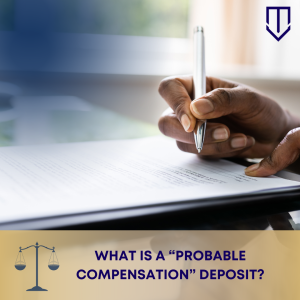 Eminent Domain proceedings will almost always end with the government taking title to private property after it pays out “just compensation” to a homeowner.
Eminent Domain proceedings will almost always end with the government taking title to private property after it pays out “just compensation” to a homeowner. A pre-condemnation offer is a formal offer based on an appraisal that the government needs to offer a property owner prior to filing a condemnation claim in court. Condemnation is the special word given to eminent domain actions and should not be confused with the condemnation that is associated with those actions taken by the government against properties that pose health risks and other hazards to the public.
A pre-condemnation offer is a formal offer based on an appraisal that the government needs to offer a property owner prior to filing a condemnation claim in court. Condemnation is the special word given to eminent domain actions and should not be confused with the condemnation that is associated with those actions taken by the government against properties that pose health risks and other hazards to the public.